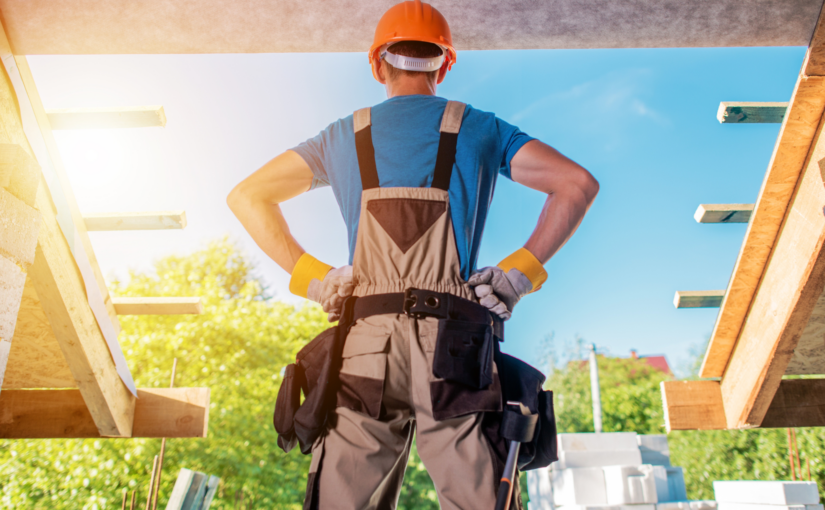In today’s fast-paced world, technology plays a significant role in our daily lives. From smartphones to smart appliances, the integration of technology has made our lives more efficient and convenient. This same concept can be applied to remodeling projects, specifically with the incorporation of smart home features. As construction company owners, it is essential to stay ahead of the curve and offer clients the latest innovations in home automation. In this blog post, we will explore how integrating smart home features can not only add efficiency but also elegance to remodeling projects.
Increased Efficiency
One of the main benefits of incorporating smart home features into remodeling projects is increased efficiency. Smart thermostats can regulate temperature settings based on occupancy patterns, saving energy and reducing utility costs for homeowners. Smart lighting systems can be programmed to turn on and off at specific times or controlled remotely through a mobile app, providing convenience and security. By implementing these technologies, construction companies can offer clients a more energy-efficient and sustainable living environment.
Enhanced Security
Home automation systems can also enhance the security of a property. Smart locks allow homeowners to control access to their homes remotely, providing peace of mind when away on vacation or at work. Surveillance cameras with motion sensors can alert homeowners of any suspicious activity on their property, deterring potential intruders. By integrating these security features into remodeling projects, construction companies can provide clients with a sense of safety and protection for their families and belongings.
Improved Comfort and Convenience
Smart home features such as voice-controlled assistants, automated shades, and multi-room audio systems can significantly improve the comfort and convenience of a living space. Clients can adjust settings with simple voice commands or set schedules for various devices to create personalized experiences tailored to their preferences. By offering these advanced technologies in remodeling projects, construction companies can elevate the overall lifestyle experience for homeowners.
Aesthetically Pleasing Design
In addition to functionality, smart home features can also contribute to the aesthetic appeal of a property. Sleek touchscreen panels, hidden speakers, and minimalist control interfaces blend seamlessly into modern interior designs without compromising style. Construction companies that prioritize design aesthetics while integrating smart home features will not only meet but exceed client expectations for a sophisticated and elegant living space.
Future-Proofing Investments
As technology continues to evolve rapidly, integrating smart home features into remodeling projects is a strategic way to future-proof investments in residential properties. Clients are increasingly seeking homes equipped with cutting-edge technologies that enhance their quality of life and add long-term value to their properties. By staying informed about the latest trends in home automation and adapting them into remodeling projects, construction companies can position themselves as industry leaders who deliver innovative solutions tailored to modern lifestyles.
Conclusion
Efficiency and elegance go hand in hand when it comes to integrating smart home features into remodeling projects. Construction company owners have a unique opportunity to differentiate themselves by offering clients advanced technologies that enhance their living spaces in terms of functionality, security, comfort, convenience, design aesthetics, and long-term value. By staying ahead of the curve and embracing the digital transformation of residential properties through smart home integration, construction companies can set themselves apart in an increasingly competitive market while exceeding client expectations for modern luxury living.…


